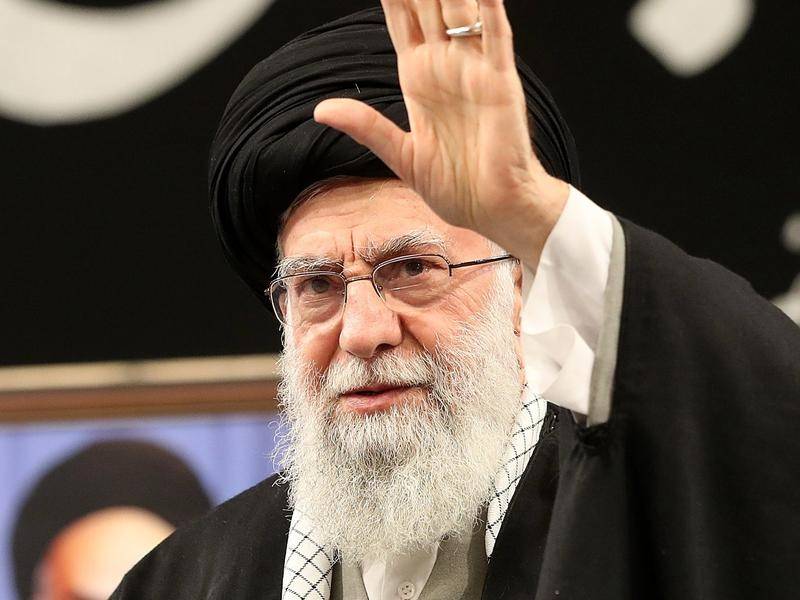[[{“type”:”media”,”fid”:”5384″,”view_mode”:”wysiwyg”,”instance_fields”:”override”,”attributes”:{“height”:”100″,”width”:”100″}}]]
THE elaborate cross-LoC trade arrangements which were devised by Pakistan and India, avowedly as a confidence-building measure, had a strangely dual aspect. They were rooted in distrust but traders on both sides were required to trust one another. It was to be trade by barter without banking facilities and telecommunication links. On April 27, it was announced that banking facilities would now be provided to traders for conducting their business across the Line of Control (LoC) in Jammu & Kashmir. Commercial banks on both sides of the LoC will provide a facility to their respective exporters to realise their dues by opening a trade facilitation account at their end.
On the same day, 179 traders from both sides met for four hours at Chakkan Da Bagh in Poonch to settle their accounts and resolve some issues. Their rapport is as significant as the travel; if not more.
Barter is done away with, but much else remains to be done. That the trade expanded from $0.3 million in 2008-9 to $97.2m, in a mere three years, shows its potential. There is yet no mechanism for resolution of disputes and redressal of grievances. The visa regime is restrictive. So are telecommunication links. Despite these handicaps trade grew.
It is distrust at the level of governments that poses the biggest hindrance. Trucks are not permitted to reach the traders on the other side. They cross the LoC, unload the goods, and return. They are then loaded again on the trucks on the other side for delivery to their intended destination. All this adds to the costs and risks to perishable goods. Clearly, what is required is a political decision by both countries for a thorough review of cross-LoC trade; including the cumbersome arrangements, the very limited 21-items list, and the frequency of trucks crossings.
The impact of a proper review of the existing arrangements and their thorough overhaul will be felt not only economically but also politically and culturally. The people long to communicate. Years ago, when Mufti Mohammed first became chief minister, he allowed people to throng on the banks of the Neelum river to communicate with their relations across it. Presents were thrown across the narrow divide.
We have now reached an impasse in ties between India and Pakistan. Realistically, no significant political movement is expected on Kashmir for quite some time. Even if Pathankot had not fouled the atmosphere, the room for compromise on Kashmir hardly existed.
In July 2000 even the Vajpayee government, brusquely rejected its ally the National Conference governments plea for restoration of the pre-1953 autonomy in Kashmir which was endorsed by a unanimous resolution of the legislative assembly.
The Modi government commands a large majority. It has nothing to offer to Kashmiris or to Pakistan on Kashmir. In Pakistan, the Sharif government looks askance at the four-point formula settled by president Musharraf and prime minister Manmohan Singh.
Yet, both countries can do a lot to make life easier for people on both sides of the LoC. The rahdari system whereunder a villager could go to an official to get a permit to visit his relations across the LoC can be revived. It existed for nearly two decades, till the 1965 war.
It bears recalling today what the military adviser to the UN Commission for India and Pakistan noted in January 1949 on the meeting of the army chiefs of Pakistan and India. They agreed to restore the communication by road between Srinagar and Rawalpindi and to rebuild the necessary bridges. In addition, telephonic liaisons [sic] between these two localities will be restored.
If the chief ministers of Punjab in both countries can meet, there is no reason why the chief executives of the two parts of Kashmir cannot; if need be, with the caveat in Para 4(ii) of the Shimla Agreement: without prejudice to the recognised position of either side. They can discuss travel, trade, tourism, environment and the like.
Some years back, a group of distinguished journalists from Pakistan went to Srinagar. In 2006, Mubashir Hasan, who was finance minister in Zulfiqar Ali Bhuttos government, and the universally respected human rights activist I.A. Rehman participated in a seminar in Srinagar. The popular Srinagar daily Greater Kashmir has a bureau in Muzaffarabad. Our Security is not so fragile as to permit subversion by relaxations such as these.
Movement of persons, goods and literature across the LoC will go a long way to relax tensions. It is in exchanges such as these that the seeds of reconciliation are sown.
Like CBMs, these measures of relaxation are no substitute for a solution of the Kashmir dispute. Their aim is a limited one: to make life easier for the people in both parts of Jammu & Kashmir.
Follow this link to join our WhatsApp group: Join Now
Be Part of Quality Journalism |
Quality journalism takes a lot of time, money and hard work to produce and despite all the hardships we still do it. Our reporters and editors are working overtime in Kashmir and beyond to cover what you care about, break big stories, and expose injustices that can change lives. Today more people are reading Kashmir Observer than ever, but only a handful are paying while advertising revenues are falling fast. |
| ACT NOW |
| MONTHLY | Rs 100 | |
| YEARLY | Rs 1000 | |
| LIFETIME | Rs 10000 | |








